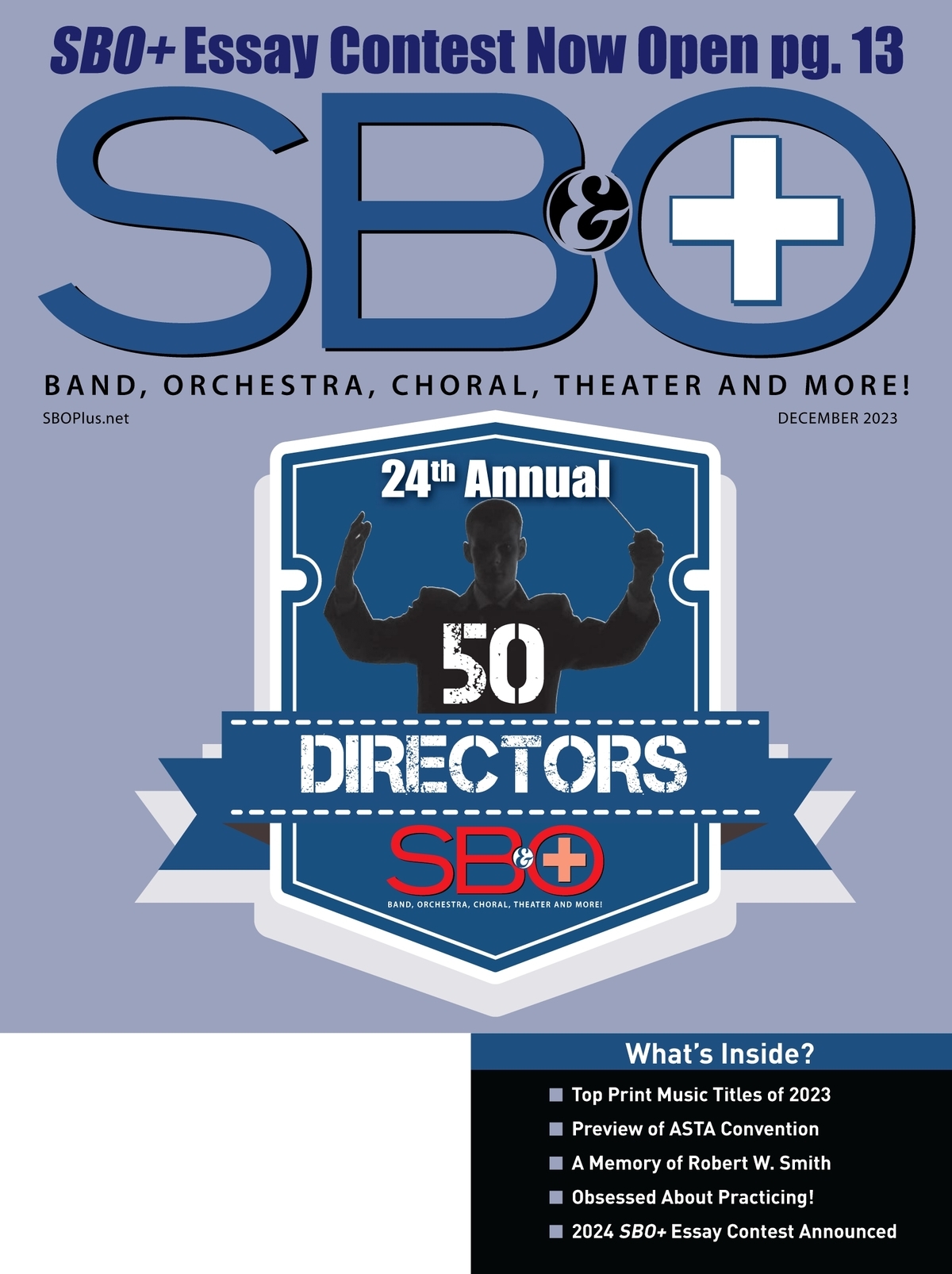EDUCATORS SUBSCRIBE FOR AS LOW AS $0.00! CLICK HERE!
The apocalypse is a perfect time for your students to make a marimba recording! This is a great time to be creative and get some new sounds released. Recording a marimba is not easy because it is a very unconventional instrument and even many engineers have limited experience. I will give you some hints you can pass on to your students as well as recording engineers.
1) The most important first step when recording a marimba is establishing the right room and space. Yes, it can be digitally reproduced in a padded room, but the result will not be the same, as the recording will be robbed of the beautiful overtones of the instrument. Always choose a room with a wooden floor and high ceiling. This will allow the beautiful overtones to bounce off of the floor and ring out into the entire room. The high ceiling will provide a natural reverb. Wooden floors are best to bounce the sound of the marimba throughout the room, as the keys are made of wood. An old church might be a perfect place to record a marimba.
2) Mallet choice is absolutely crucial to a quality marimba recording. Once your student establishes what type of song they are recording, a mallet type can be selected. I recommend always erring on the softer side of mallet choice. The staccato elements of a marimba are always exaggerated in the studio. As a result, your student will want a mallet that brings out the body and rich tone of the instrument, and not just the attack. I recommend the Jeff Moore series of marimba and vibe mallets through Salyers Percussion. There are a wide variety of mallets to choose from that have different tones for varying applications in the studio. They may be found at Salyerspercussion.com/jeff-moore-keyboard-mallets.
3) Make sure your students have a properly maintained instrument before the recording. This means that everything is tightened so there are no rattling sounds. The vast overtones of the marimba will make everything rattle! New rubber washers between the bars must be installed. I also highly recommend that every bar is polished with “Old English” wood restoration. I use this on my marimba before every studio session and it really brings out the beautiful sounds of the instrument. You can tell the difference between dry bars and ones that are properly moisturized before a studio session.
4) Microphone selection is extremely important for a marimba recording. A simple SM 57 will not work on a marimba because they lack the ability and range to pick up the overtones of the instrument. The overtones on a rosewood marimba are insanely awesome, so a microphone that captures these overtones is best. I recommend a high-quality condenser microphone. They capture the large frequency and have a great transient response. They are also very sensitive to output and tend to be louder, which is why softer mallets are even more important!
5) Microphone placement is also a huge key in getting a great marimba sound. The most common error I see studio engineers make is placing the microphone below the instrument by the resonators. This will not capture the sound of the instrument at all. The best place for a microphone is about 5 feet above the marimba. Two microphones should be placed on opposite ends of the marimba up high. This will not only capture the sound of the instrument, but it will capture the sound of the room and all of the overtones circulating throughout. The resonators below the instrument are natural amplification and they disperse the sound through the room. Capturing the sound of the instrument in the room with condenser microphones is critical for a beautiful marimba recording. The marimba is too beautiful to be recorded in a padded studio room.
6) The post-production elements of a marimba recording are also very important. The overtones are absolutely beautiful, but they have the possibility of muddying up the recording if they are too out of control at high volumes. I recommend that the engineer puts a slight “gate” to control the low end of the marimba. This must be very slight! The objective is to keep the beautiful sounds of the instrument while reducing distortion from overload of too many overtones entering the microphone at the low end. A gate or a very slight low-end reduction will do the trick, but never too much! This is a very subtle adjustment so the beautiful qualities of the instrument are maintained. Adding reverb to the instrument also helps enhance the beautiful overtones. When I am soloing,
I also sometimes add a slight delay in order to fatten the sound when other louder instruments are playing on the recording. This will help bring out the marimba in solo sections without having to crank the volume too much. Your engineer should think “wide” rather than “loud” when recording a marimba. Pushing the “mids” slightly is a great way to EQ the marimba. There is always plenty of low end on a marimba! If anything, as I mentioned before, the low end must be contained. Pushing the “highs” will take away from the beautiful rich marimba sound, so I do not recommend this.
7) Although it is very tempting to use editing, I try to avoid it at all costs. Editing tends to destroy the natural and flowing performance of the marimba. Also, when an edit occurs, the overtones ringing throughout the room from the previous passage of the edit are suddenly cut off.
8) Always use a click track unless the recording is freeform. Time keeping is extremely important, especially if other instruments will be added. I always recommend the greatest common denominator for a click track. In other words, I often ask my engineer to provide 8th notes or 16th notes for the click. This will naturally give your student a great reference regarding timing and accuracy of every rhythm. If a quarter note is only provided, it will be easy for your student to “bend” rhythms and play them slightly out of time. Keeping all of the ideas listed above in mind is a perfect equation for a quality marimba recording. Every aspect is equally important and if you follow those rules, it is a recipe for an absolutely excellent recording!
In 2016, The Huffington Post called Kevin Lucas “the most talented percussionist since Lionel Hampton, Ginger Baker, and Tito Puente.” He has been nominated for 38 music industry awards for his Echoes in the Sand album, and he won the 2016 American Songwriting Awards. Kevin performed with the Madison Scouts Drum and Bugle Corps from 1992-1994, and won the DCI Midwest Individuals in 1994 for keyboard percussion. He placed second in the United States for concert hall percussion at the Music Teachers National Association collegiate competition in 1997.






